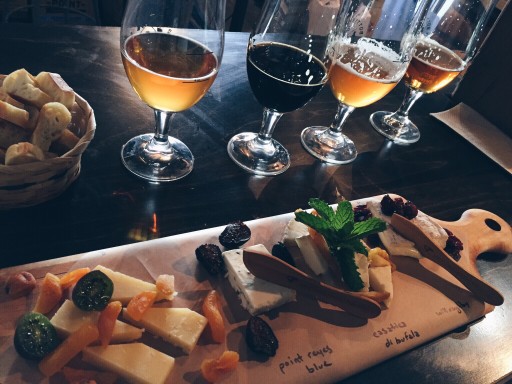Three Ways to Organize Your Wine List
An interesting fact is that 80% of a restaurant’s revenue comes from its top 20% wine list. It is important that wine list items change with the seasons. Summer wines should be lighter, crisper, and winter wines should have rich, spicy reds. To add more variety to your wine list, you can create holiday-specific wine lists. Here are some tips to help you create a great wine list.
20% of a restaurant’s wine list accounts for 80% of its revenue
Most restaurants will tell their customers that 80% of their revenue comes from 20% of the wine list. However, this is not always true. The average restaurant marks up its wine between 400 and 500 percent. And the markup varies widely based on the category of wine. Restaurants can often charge three to five times more for wine than they do for food.

As the 80% rule indicates, a restaurant’s wine list makes up the majority of its revenue. Wine sales will make up only 20% of a restaurant’s total revenue. It is therefore important to concentrate on the top-selling wines. Focus your efforts on the Top 20 percent of wines, and rotate the rest 80%. A staff tasting or special item featuring Cabernet Sauvignon may be an option.
Organizing wines according to grape type
There are many ways you can organize your wine list. One popular way to organize your wine list is by grape type. This allows you to choose from white, rose, sparkling, or other wine types on one page. Another way is to group wines by producer, region, and price. This method is often used in restaurants. Here are three options to organize your wine list. Read on for more information. These three steps will help you create a wine selection that reflects the unique character of your restaurant.
First, determine the price range of your wine selection. If you have a variety of prices, you can arrange your wine list by price. However, it’s a good idea to organize your wine list by varietal rather than price. This way, your customers will start at the highest priced wines first and move down to their price comfort level. Customers will order the cheapest wine if you are selling it cheaply.
Add a description to a wine listing
A wine table menu description is a simple and effective way of promoting your wines and attracting more customers. The wine list should be in a standard format. It should start with the vintage and end with the producer’s name, region of origin, and then continue with the description. While you may be tempted to just write “Puligny-Montrachet,” this isn’t enough to draw customers in. Instead, include a description, producer’s name, region of origin, and a cost.
You can also give descriptions of each wine and include a summary of its flavor and aroma. This will help customers choose the wine. So, for example, you might place a more expensive wine next to one that is less expensive to make your customers feel tempted. It is important to add a description to a wine listing on a restaurant’s wine menu.
Working directly with vineyards
If you love the outdoors and appreciate fine wines, then working directly with vineyards is the best way to get your menu on point. Your guests will be able to appreciate a more specialized wine list by working directly with vineyards. Visit boutique wineries, invite representatives to host tastings, stay in touch with them about new releases and limited-time deals, and It can be difficult to find a wine list without big-name labels, especially for those new to wine.